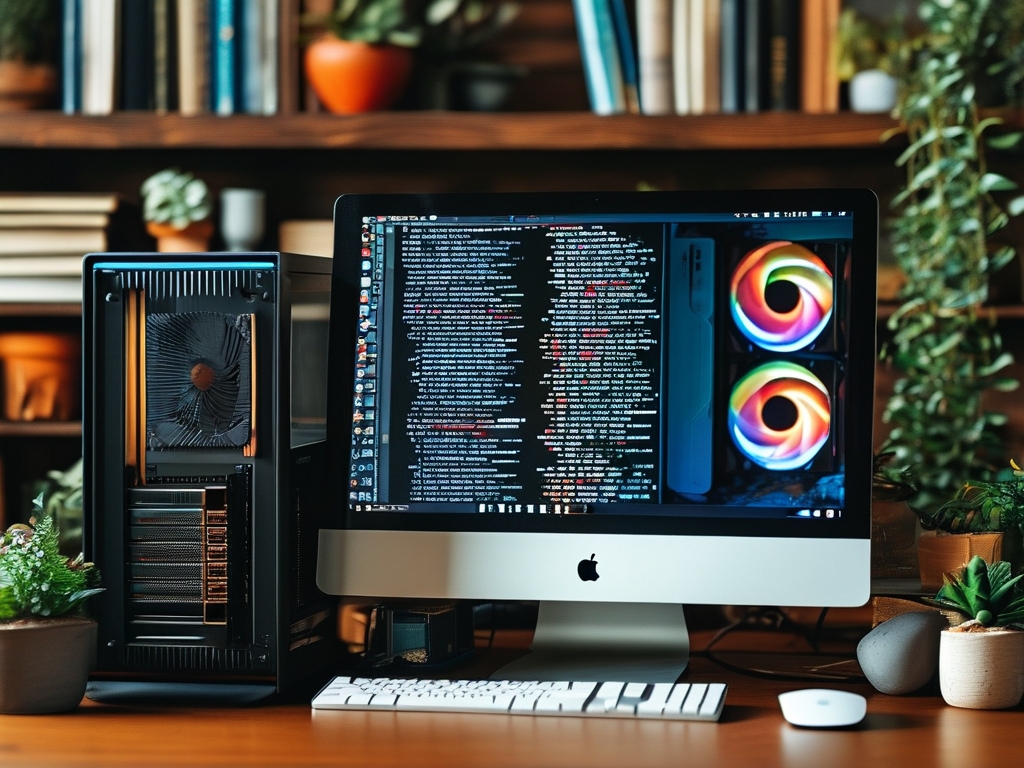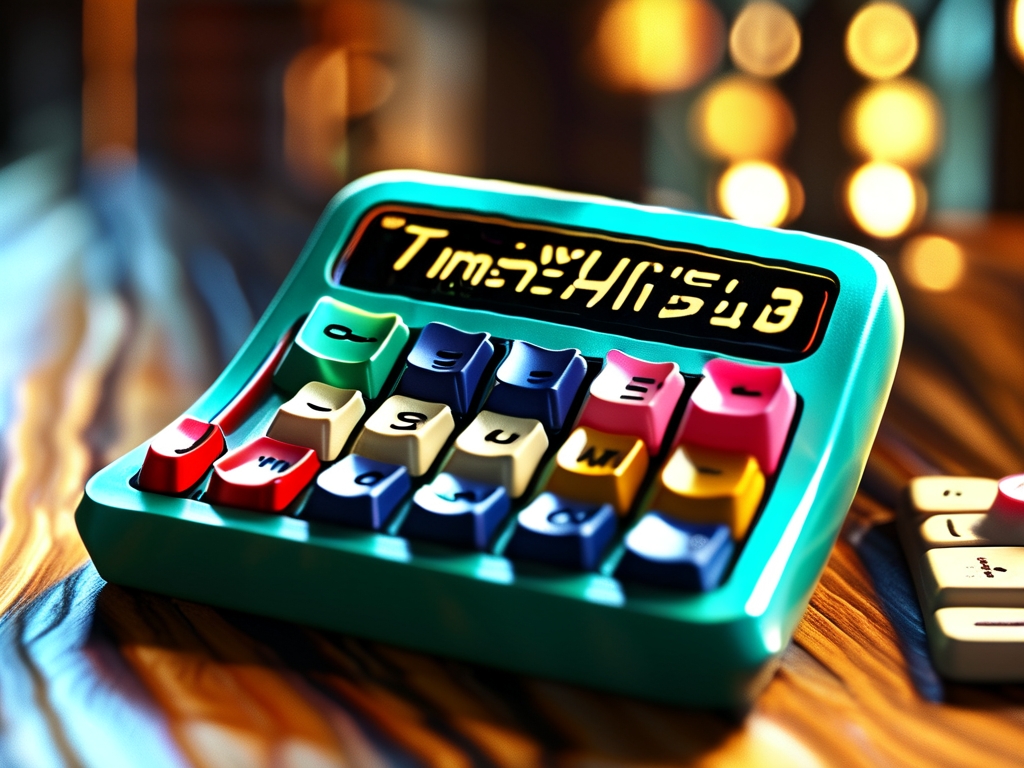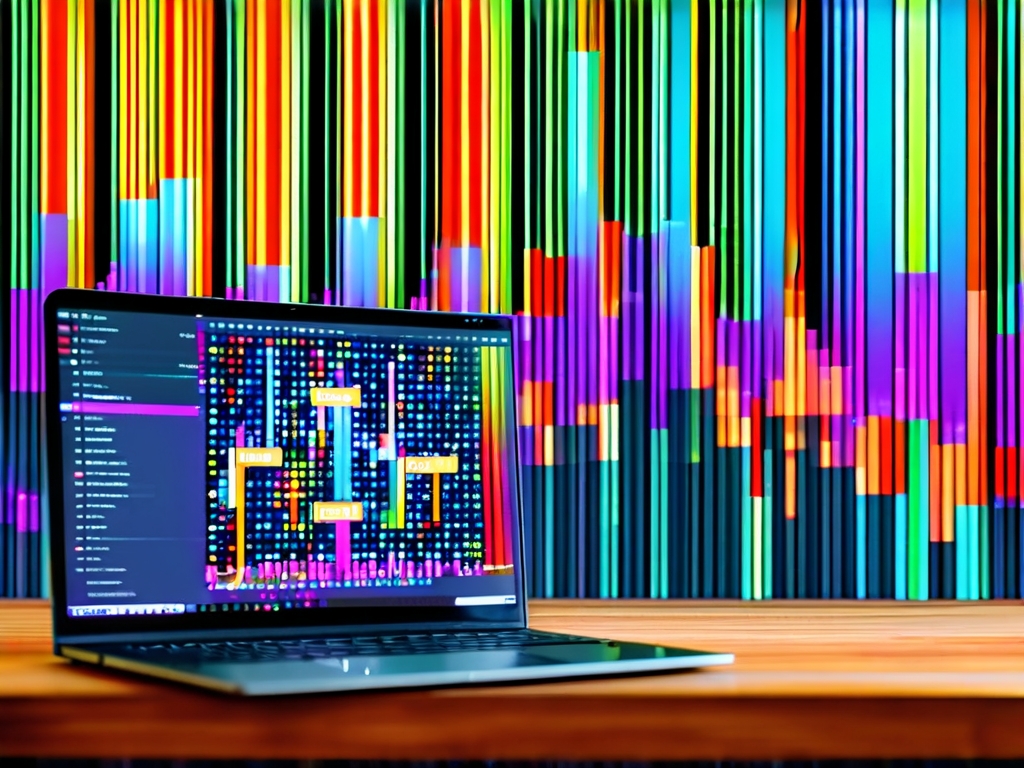Understanding how to check memory usage on a computer is essential for optimizing performance, troubleshooting issues, and ensuring efficient resource allocation. Whether you're a casual user or a tech enthusiast, knowing how to monitor memory can help you identify bottlenecks, close unnecessary applications, or decide when to upgrade your hardware. This guide provides a comprehensive walkthrough for checking memory usage across different operating systems, including Windows, macOS, and Linux, as well as explanations of key terms and tools.
Why Monitor Memory Usage?
Random Access Memory (RAM) is a critical component that temporarily stores data for active applications. When RAM usage exceeds available capacity, systems slow down, applications crash, or the operating system resorts to using slower disk-based virtual memory. Monitoring memory usage helps:
- Diagnose performance issues.
- Identify memory-hungry applications.
- Plan hardware upgrades.
- Optimize workflows for tasks like gaming, video editing, or software development.
Checking Memory Usage on Windows
Method 1: Task Manager
- Press Ctrl + Shift + Esc to open Task Manager.
- Navigate to the Performance tab.
- Select Memory from the left panel.
- Here, you’ll see total RAM, usage graphs, and breakdowns of cached or reserved memory.
- The "Processes" tab lists applications and their individual memory consumption.
Method 2: Resource Monitor
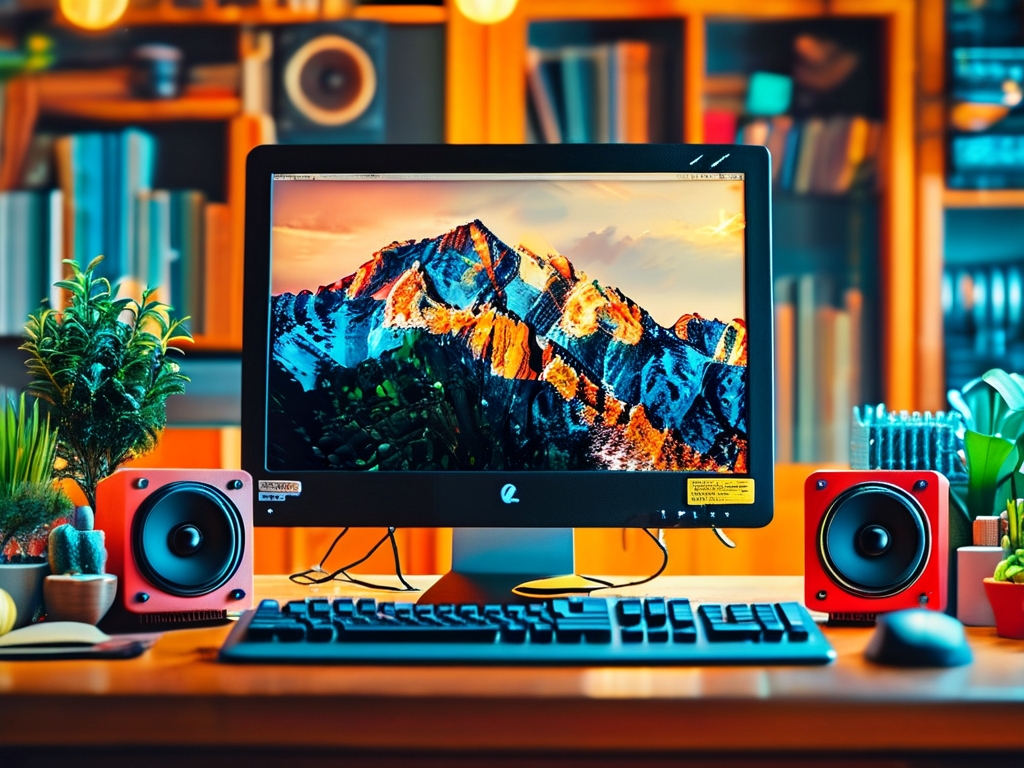
- Type "Resource Monitor" in the Windows search bar and open the tool.
- Go to the Memory tab for detailed metrics like "Hard Faults/sec" (indicating heavy reliance on virtual memory).
Method 3: Command Prompt/PowerShell
- Run
wmic MemoryChip get Capacity, Speed, Manufacturerto view RAM hardware details. - Use
systeminfo | find "Total Physical Memory"to check total installed RAM.
Checking Memory Usage on macOS
Method 1: Activity Monitor
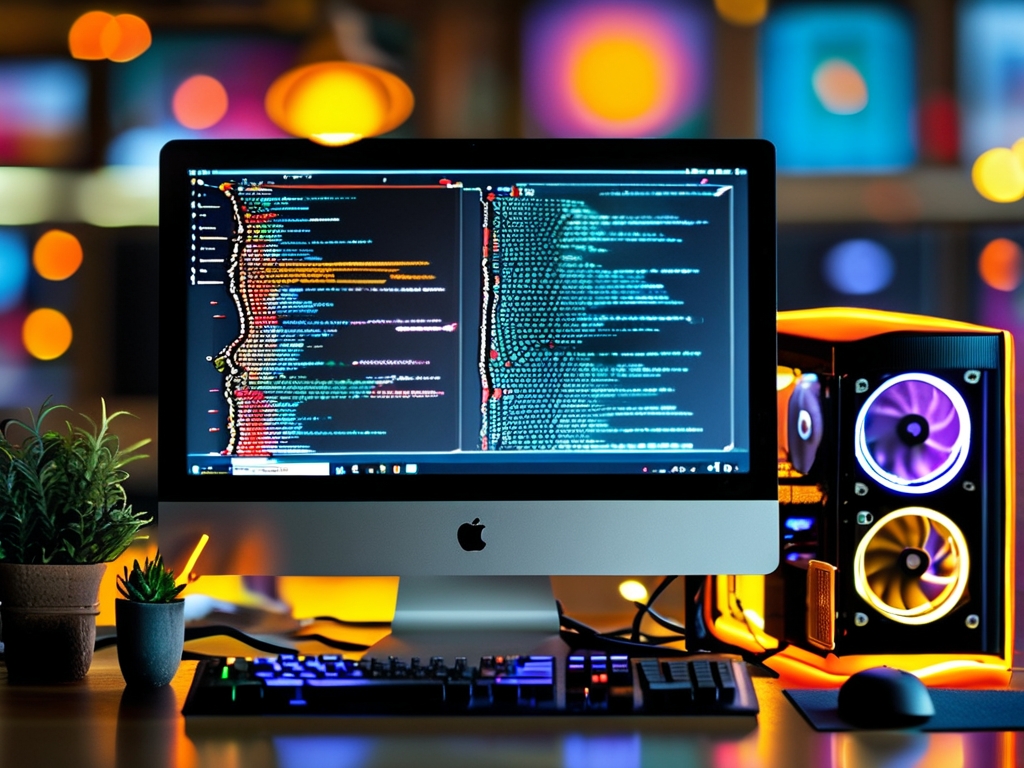
- Open Finder > Applications > Utilities > Activity Monitor.
- Click the Memory tab.
- View real-time graphs, "Memory Pressure," and per-app usage.
- "Physical Memory" shows total RAM, while "App Memory" indicates active allocations.
Method 2: Terminal
- Run
top -l 1 -s 0 | grep PhysMemto see physical memory statistics. - Use
system_profiler SPHardwareDataType | grep "Memory"to check installed RAM.
Method 3: About This Mac
- Click the Apple logo in the top-left corner.
- Select About This Mac > Memory for a hardware summary.
Checking Memory Usage on Linux
Method 1: Terminal Commands
free -h: Displays total, used, and available memory in human-readable format.htoportop: Interactive tools showing real-time memory usage per process.vmstat -s: Summarizes memory statistics, including swap usage.
Method 2: GUI Tools (e.g., GNOME System Monitor)
- Open your distribution’s system monitor tool.
- Navigate to the Resources or Processes tab for memory metrics.
Understanding Key Memory Metrics
- Total Memory: Installed RAM capacity (e.g., 16 GB).
- Used Memory: RAM actively allocated to applications.
- Available Memory: Unused RAM + cache/buffer reserves.
- Swap/Virtual Memory: Disk space used as overflow when RAM is full.
- Memory Pressure: macOS-specific metric indicating efficiency of memory management.
Advanced Tools for Power Users
- Windows: Performance Monitor (
perfmon) for logging historical data. - macOS:
Instruments(part of Xcode) for deep memory analysis. - Linux:
smemfor visualizing memory usage by processes.
Troubleshooting High Memory Usage
- Close Unnecessary Apps: Background processes like browsers or updaters often consume excess memory.
- Check for Malware: Use antivirus software to detect memory-resident threats.
- Upgrade RAM: If usage consistently exceeds 80%, consider adding more RAM.
- Adjust Virtual Memory: Increase swap space (Linux/Windows) or macOS’s dynamic paging.
Monitoring memory usage is a foundational skill for maintaining a healthy computer. By leveraging built-in tools like Task Manager, Activity Monitor, or terminal commands, users can proactively manage resources and avoid performance degradation. For advanced scenarios, third-party utilities and hardware upgrades provide additional flexibility. Regularly checking memory not only extends device longevity but also enhances productivity by ensuring smooth multitasking.


